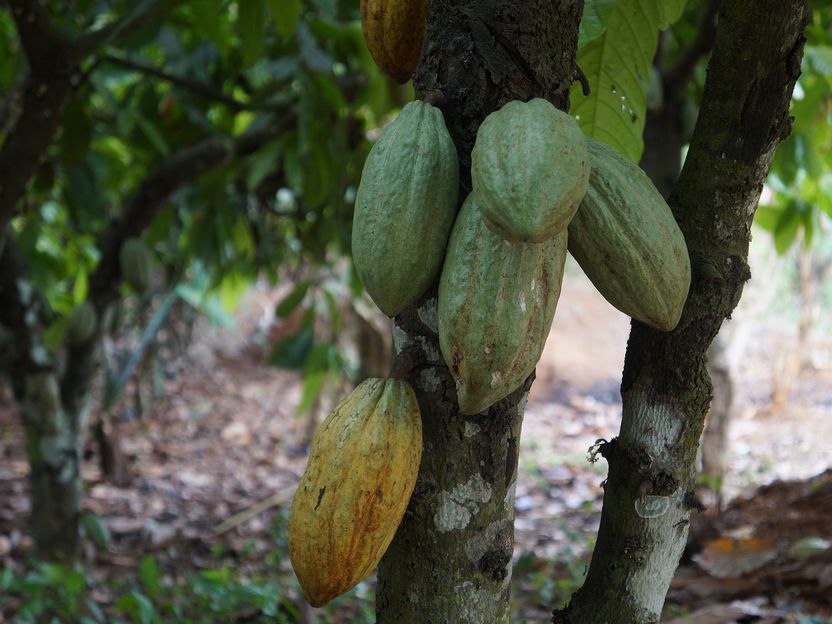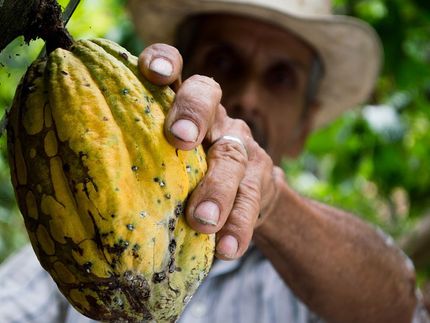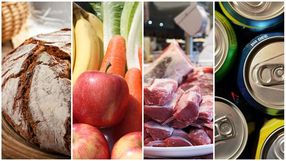Increase In Hazardous Child Labor In Cocoa Production Amid An Expansion Of Cocoa Farming
Researchers believe the findings from the study can inform future interventions to reduce hazardous child labor rates
Advertisement
A new report from NORC at the University of Chicago finds that children engaged in hazardous child labor in cocoa production in Côte d’Ivoire and Ghana cocoa growing regions increased by 13 percentage points over a 10-year period (from 2008-09 to 2018-19). The increase coincides with a 62 percent growth in cocoa production across the two countries. However, researchers found no such increase in hazardous child labor in cocoa production when looking at the recent trend between 2013-14 and 2018-19 among cocoa growing households in each country. Due to methodological concerns, no comparison of population counts can be made with previous survey rounds as detailed in the report.

Diraw / Pixabay
For children living in agricultural households, hazardous child labor in cocoa production includes the use of sharp tools, undertaking land clearing activities, working long hours or at night, and exposure to agro-chemical products.
According to the report, while cocoa production increased 14 percent in the two countries between 2013-14 and 2018-19, researchers found no statistically significant increase in hazardous child labor in each country. Researchers note that the five-year trend may indicate the effect of interventions targeted at reducing hazardous child labor, such as school construction, education and vocational training, provision of livelihood services, and awareness campaigns. Researchers believe the findings from the study can inform future interventions to reduce hazardous child labor rates.
“As the overall production of cocoa increased dramatically, cocoa farming spread into areas of Côte d’Ivoire and Ghana where infrastructure to monitor child labor was weak and awareness of laws regulating it was low,” said Kareem Kysia, director of vulnerable populations research at NORC at the University of Chicago and a lead author of the report. “Interventions to stem hazardous child labor in the cocoa sector should target new, emerging areas of production and focus on efforts to reduce exposure to the component parts of hazardous child labor.”
Most read news
Other news from the department science

Get the food & beverage industry in your inbox
By submitting this form you agree that LUMITOS AG will send you the newsletter(s) selected above by email. Your data will not be passed on to third parties. Your data will be stored and processed in accordance with our data protection regulations. LUMITOS may contact you by email for the purpose of advertising or market and opinion surveys. You can revoke your consent at any time without giving reasons to LUMITOS AG, Ernst-Augustin-Str. 2, 12489 Berlin, Germany or by e-mail at revoke@lumitos.com with effect for the future. In addition, each email contains a link to unsubscribe from the corresponding newsletter.































































